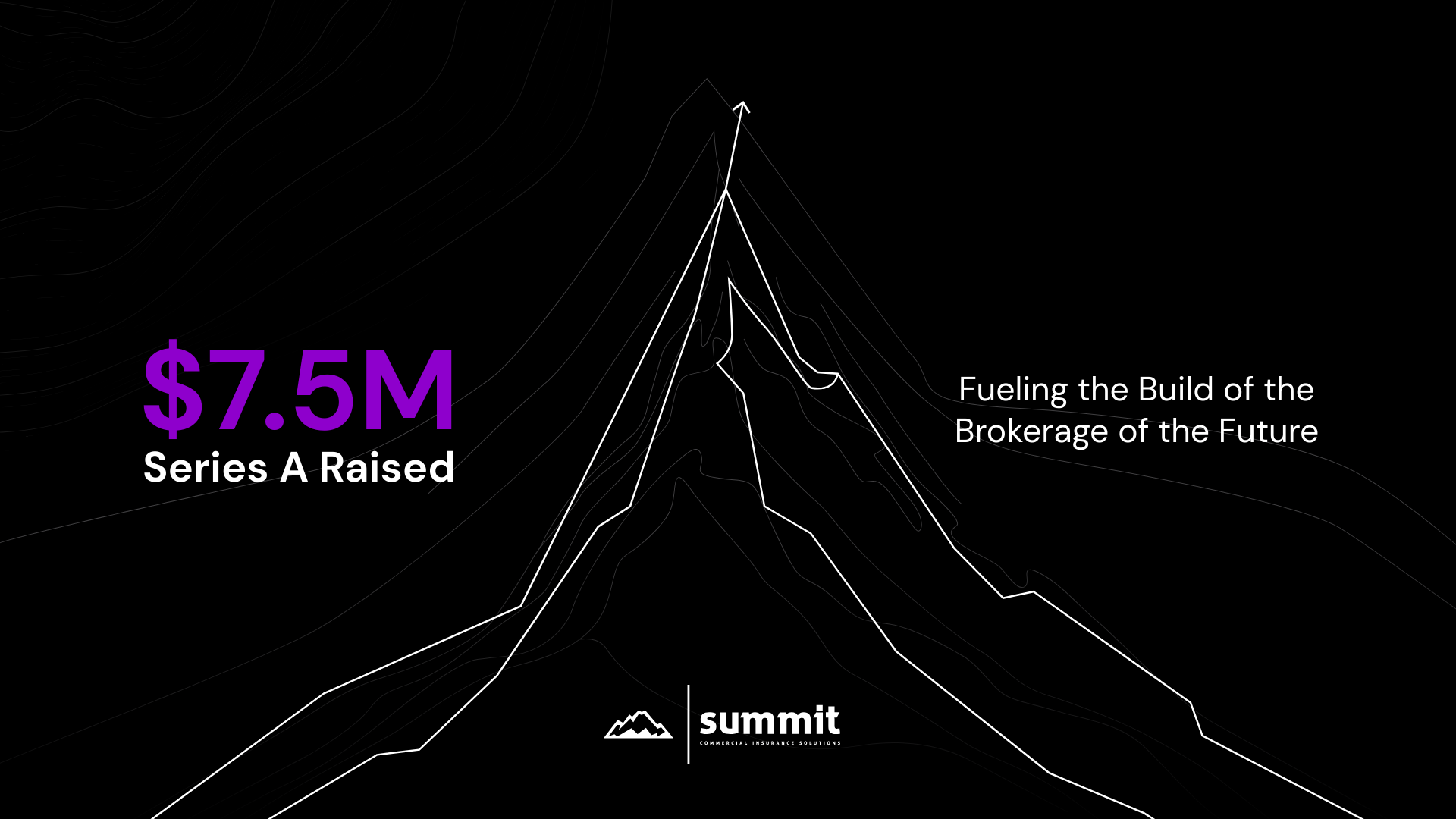
Choosing the right CGL policy for your small business is one of those choices that seems to be boring until you actually need it. Business protection is anchored on Commercial General Liability; it covers bodily injury, property damage by a third party, and defence costs in the event of a lawsuit. This guide will help you understand what CGL is, the main decisions you will make, and the way to align a policy to the actual risks that your business experiences.
What a CGL Policy Covers: The Essentials
A standard CGL policy typically addresses three main areas:
Coverage area
What it does
Bodily injury
Pays medical bills or settlements if a customer is hurt on your premises.
Property damage
Covers damage you (or your employees) cause to someone else’s property.
Legal defence
Covers legal costs and settlements when you’re sued for covered claims.
How To Pick Limits That Make Sense
Limits are usually written as “per occurrence/aggregate”. When deciding amounts, think practically:
- What contract requirements do clients or landlords impose?
- How much could a single serious claim cost your business?
- How much premium can your cash flow support?
A common starting point for many small businesses is $1M per occurrence with a $2M aggregate, but businesses with higher exposure, contractors, retailers, and events companies often need higher limits.
Important Endorsements And Exclusions To Watch For
CGL is broad, but it’s not universal. Common gaps include:
- Professional liability (errors & omissions):
not covered by CGL. - Cyber incidents:
usually excluded. - Pollution or environmental damage:
often needs a specific endorsement. - Employee injuries:
covered by workers’ compensation, not CGL.
If your operations include professional advice, IT services, or on-site hazardous activities, ask about adding endorsements or buying a separate policy.
Read more: Whats Tenant Insurance?
Practical Buying Tips For the Right CGL Policy
- Match coverage to contracts.
If clients require $2M limits, don’t sign without it. - Compare more than price.
Look at exclusions, defence cost handling, and retroactive dates. - Bundle smartly.
Business packages that include property and liability can be cheaper and easier to manage. - Document risk controls.
Safety policies and training can lower premiums and speed claims handling. - Review yearly.
As you hire, expand services, or open new locations, update your coverage.
If you want a clear, jargon-free review of what a sensible CGL program looks like for your business, start at Summit Insurance Kelowna. Get practical resources and a straightforward quote!
Final Thoughts
When it comes to choosing the right CGL policy for your small business, it is not about getting the most expensive product; it is about ensuring that the policy complies with your contracts, exposure, and budget. Understand the limits you require, monitor major exclusions, and reconsider your coverages with the expansion of your business. A thoughtful CGL policy will ensure that a minor issue does not develop into an existential one, and that kind of tranquility is worth more than the payment. For further assistance, contact Summit Insurance!



